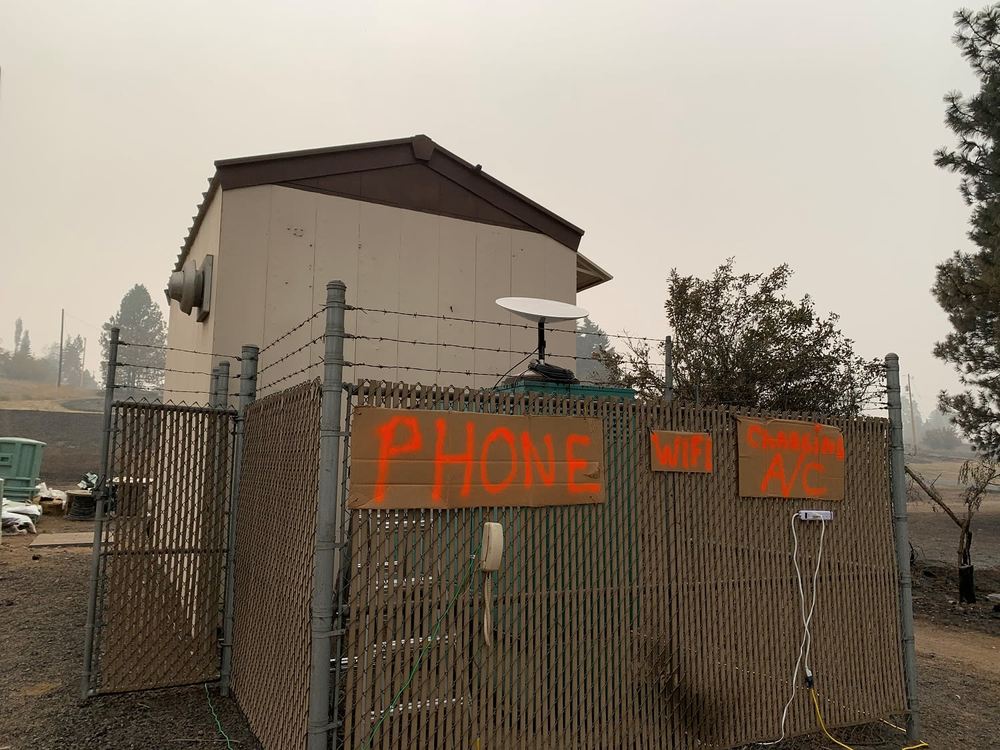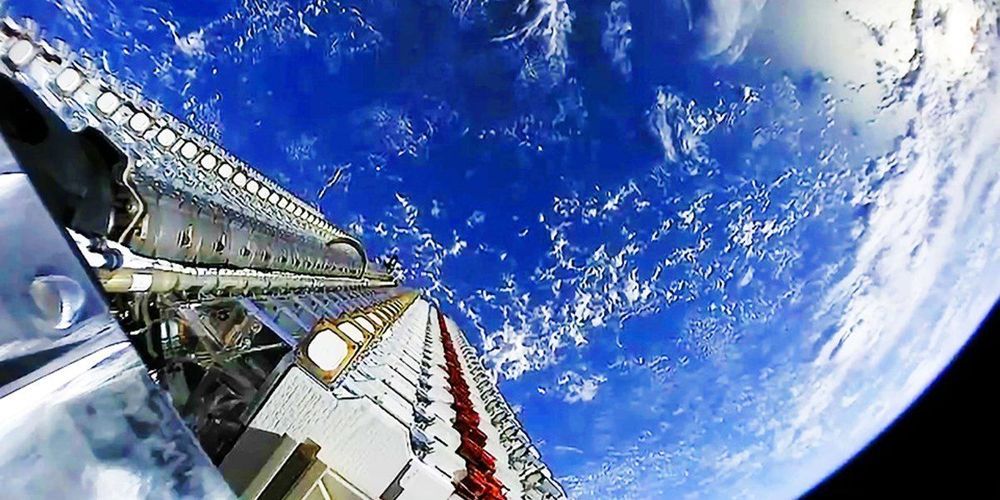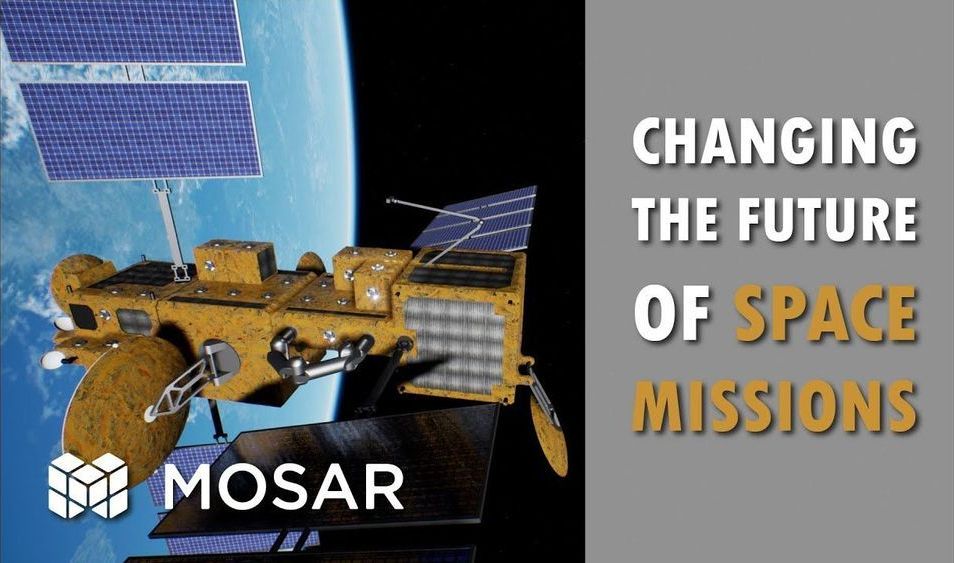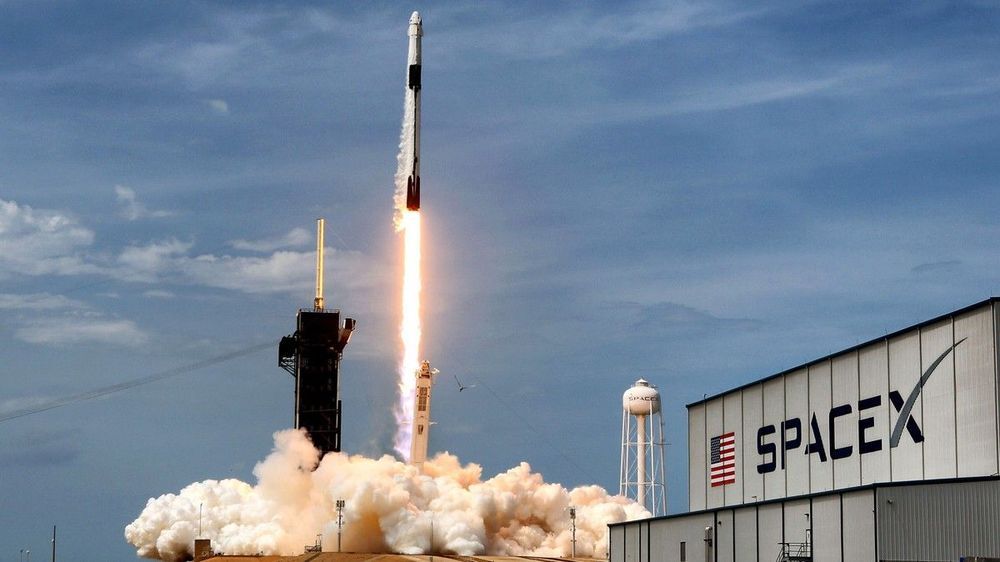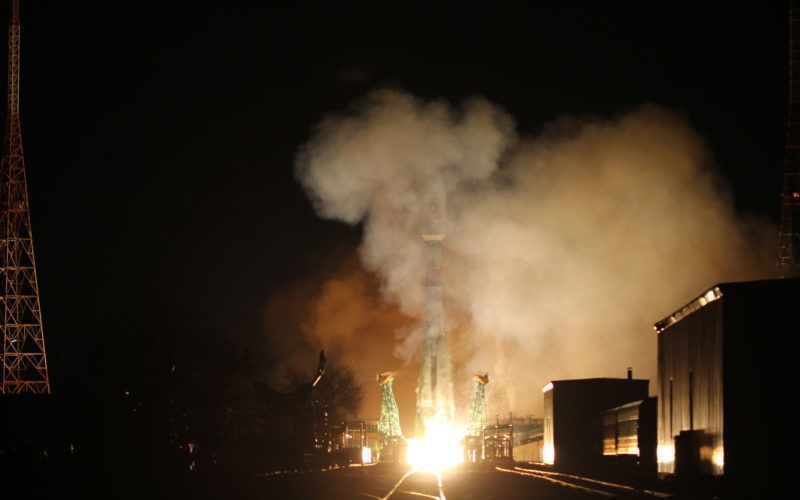
The United States Air Force signed a deal with SpaceX valued at around $28 million in 2018, to assess the Starlink network’s performance on military platforms. The Air Force is actively experimenting with how space-based internet could enhance Multi-Domain Operations (MDO). These operations require moving vast quantities of data between the five domains of warfare: ground, sea, sky, outer space, and cyberspace. The military needs a reliable communication system at all times to protect and defend the country from potential threats. The assessment of Starlink will offer the military insight on whether it should purchase Starlink service long-term.
U.S. Air Force Chief for Acquisition Dr. Will Roper, who serves as the principal adviser for technology research and development, met with reporters to discuss a live-fire military exercise that took place early this month, Investors news reports. During the conference, Roper shared SpaceX’s Starlink network was tested during the live-fire exercise as part of the military’s Advanced Battle Management System (ABMS). – “What I’ve seen from Starlink has been impressive and positive,” he told reporters on Wednesday. “They’re cleverly engineered satellites cleverly deployed. So, there’s a lot to learn from how they’re designed and I think that there’s a lot we can learn from them.”
Roper shared that the Air Force connected Starlink to a “variety of air and terrestrial assets”. Starlink terminals are hooked to the cockpit of a Boeing (BA) KC-135 Stratotanker aircraft to assess the network’s performance while the airplanes fly.
